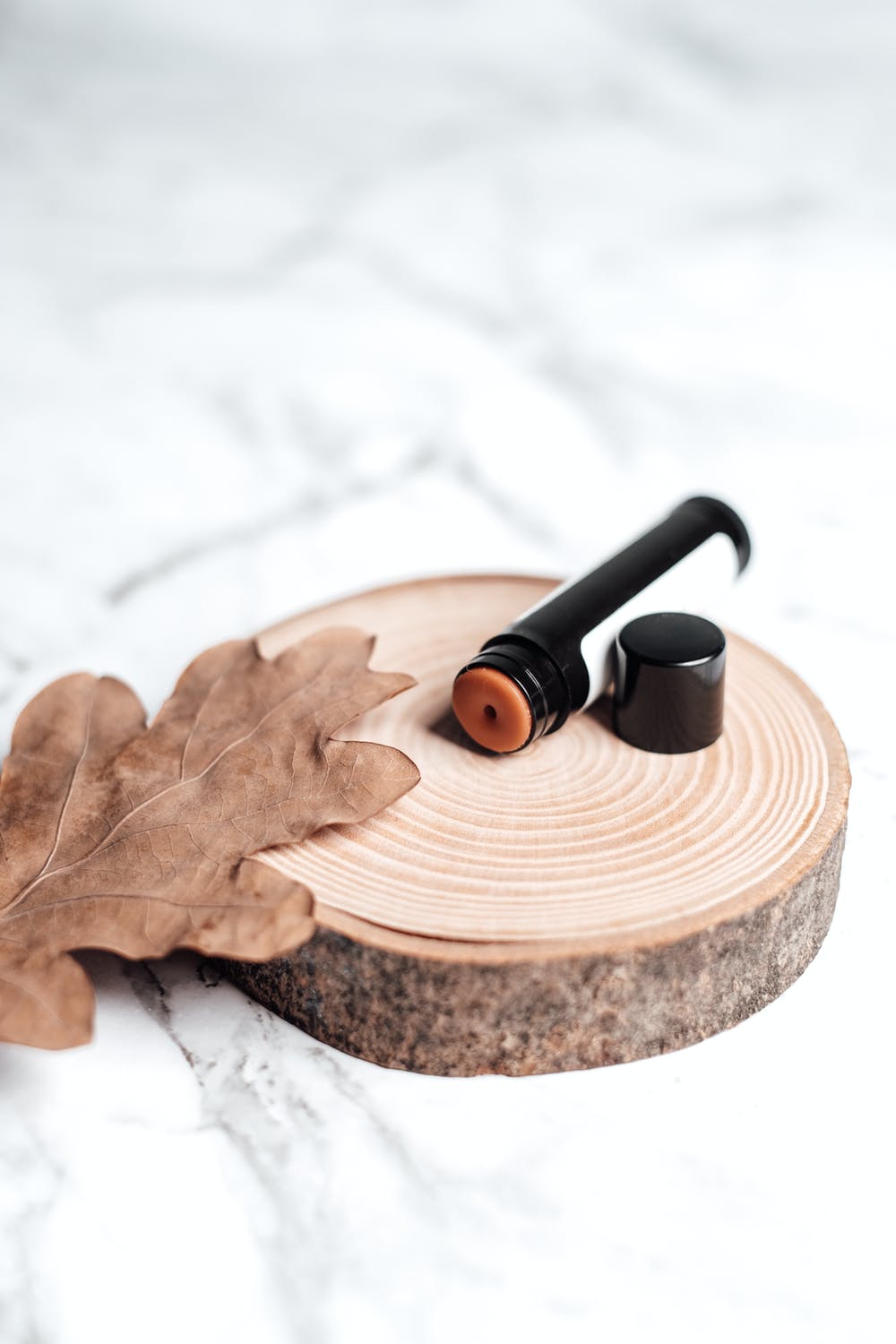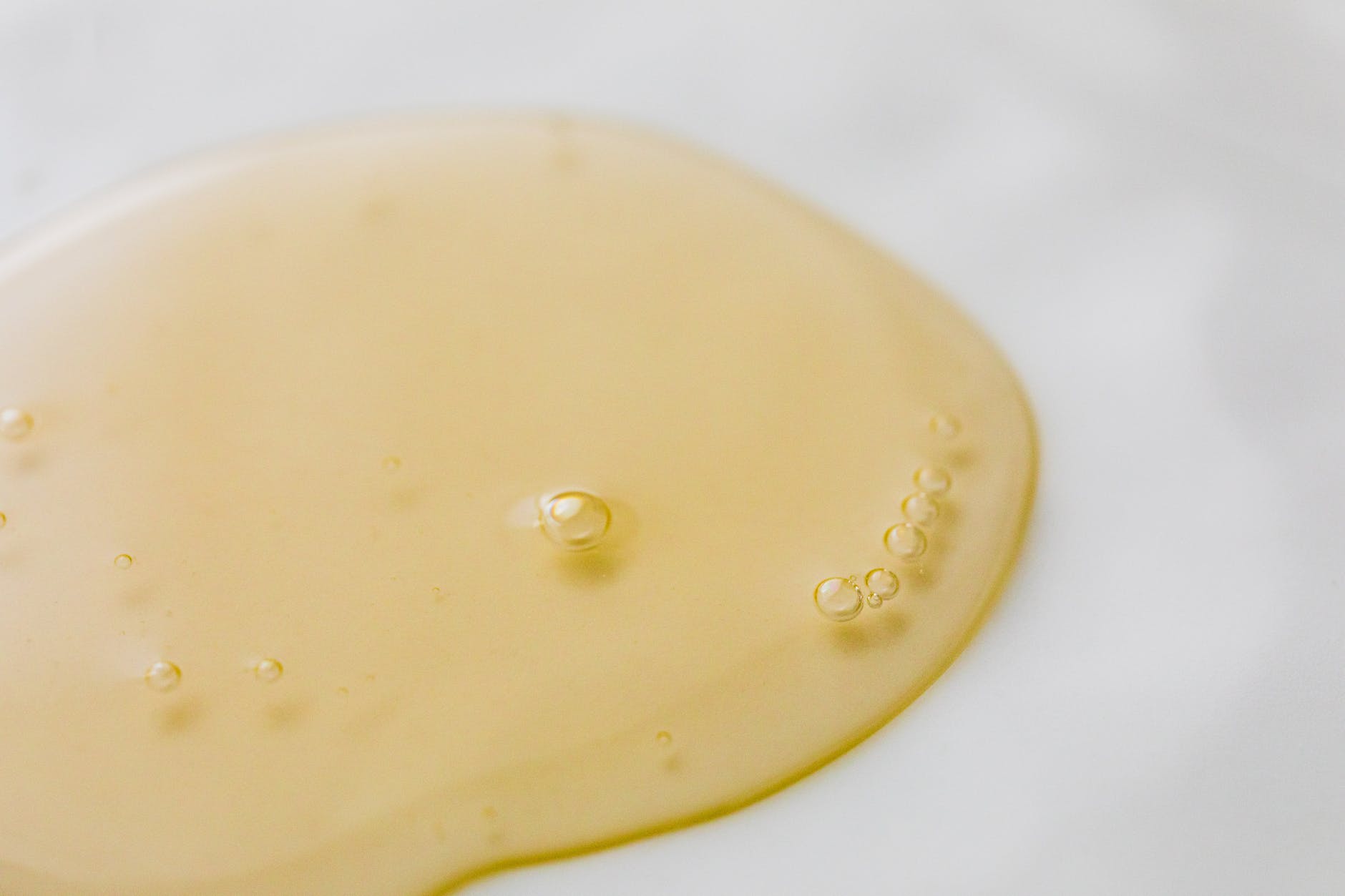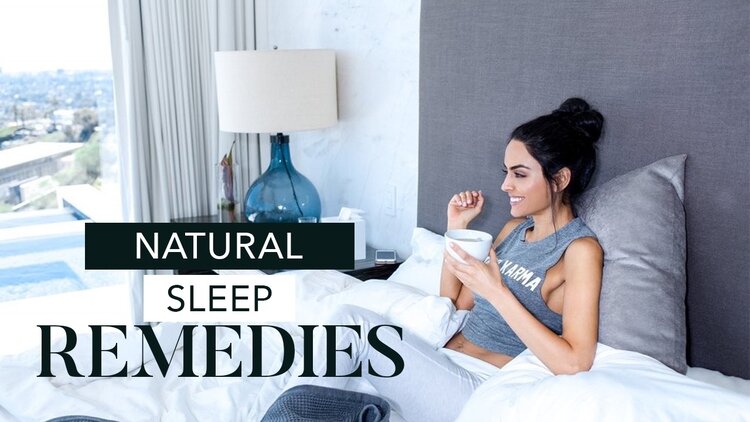Skincare can be so contradictory at times, as information (and misinformation) within this field are vast. It can be SO hard to know what’s true and what isn’t. But since the skin is one of our largest organs, how we treat it everyday is extremely important. I debunked the 4 most common skincare myths below. I know for me, it was a gamechanger to learn the truth behind each one of them!
“Applying sunscreen in the morning is enough”
We hear this phrase being thrown around so much… But in order to prevent sun damage you really have to reapply sunscreen after every two hours of sun exposure (and immediately after swimming or excessive sweating). Also, this rule doesn’t only apply to sunny days (I know, weird). Even when it’s cloudy, up to 80 percent of the sun’s UV radiation reaches the earth. So basically, slap on that sunscreen every single day, rain or shine.
“Use a dime sized amount”
While this may be true for some skincare regimens, it’s never true for sunscreen. One study found that in order to get the SPF coverage outlined on the bottle, you would have to apply around ⅓ of the entire bottle! That’s obviously a little intense and not realistic, because if we followed this rule to a T, we would be using a whole bottle of sunscreen every three days. Alternatively, I recommend making sure you really apply a lot to cover your whole face and also protect your skin with hats, sunglasses, staying in the shade, etc (even when wearing SPF). A common mistake I see being made is people throwing on a little SPF, and then laying out in the direct sun for hours. Just know that this is not serving you :)
“Natural” is better
Let’s first talk about ‘synthetic.’ All this really means is that a naturally derived ingredient (like squalene found in shark liver oil) has been molecularly replicated within a lab to create the same effect. This is NOT always a bad thing. For example, squalene can alternatively be recreated in a lab using sugarcane and plant-based ingredients. This is more sustainable for the environment, cruelty-free, and more importantly, just because the ingredients are made in a lab doesn’t mean they’re toxic.
The word ‘natural,’ on the other hand, is very unregulated in the industry. Generally it refers to the idea that nothing in the product was made in a lab. The reason this can be an issue is because natural products are not always good for you or the environment, ethically sourced, plantbased, or organic. For example, many people steer clear of non-organic palm oil because of its devastating impact on wildlife. Even though it’s natural, it’s not sustainable. Natural ingredients can also be toxic. For example, poison ivy. It’s natural, but as we all know it’s also harmful. If you were to recreate poison ivy in a lab, albeit not natural, you could make poison ivy non-toxic by removing the toxic substance it contains.
The most shocking fact, for me personally, is that many “natural” ingredients may come from endangered plants or animal byproducts (“natural flavors” in many foods come from an animal’s anal glands. Really.). Beware that “natural” doesn’t mean plant-based, even if it sounds like it should. “Natural flavors” can technically be anything that resides on earth.
Just to make one more point, there are of course many ingredients made in a lab that are toxic, but not all. This is why I prefer the “clean” stamp of approval over “natural.” Clean = non-toxic.
If you learn anything from this myth bust, let it be this: you can find toxic, natural ingredients and bio-available, synthetic ones. It’s not black and white!
“You don’t have to moisturize if you have oily skin”
This one is extremely ironic. Often your skin over-produces oil because it’s dehydrated. In normal and oily skin, external factors such as pollution, UV rays, and excessive cleansing can damage your skin’s moisture barrier, causing loss of moisture and an increase in oil production. As a result, your complexion can start to look overly shiny.
Here’s how to make sure you’re getting the proper hydration:
- Using an oil-free moisturizer—gel-based is great.
- Moisturize regularly! This is non-negotiable if you want to ensure hydration.
“You can sleep in some makeup”
Last but definitely not least! This one is super important. Even if it’s non-comedogenic and doesn’t cause acne, having makeup on your skin stops the natural healing process that should occur overnight. And, whether you’ve been wearing makeup all day or not, you absolutely should cleanse every single night (especially living in cities where pollution is high!)
I hope this was helpful, as these were definitely eye-opening for me when I learned the truth!




